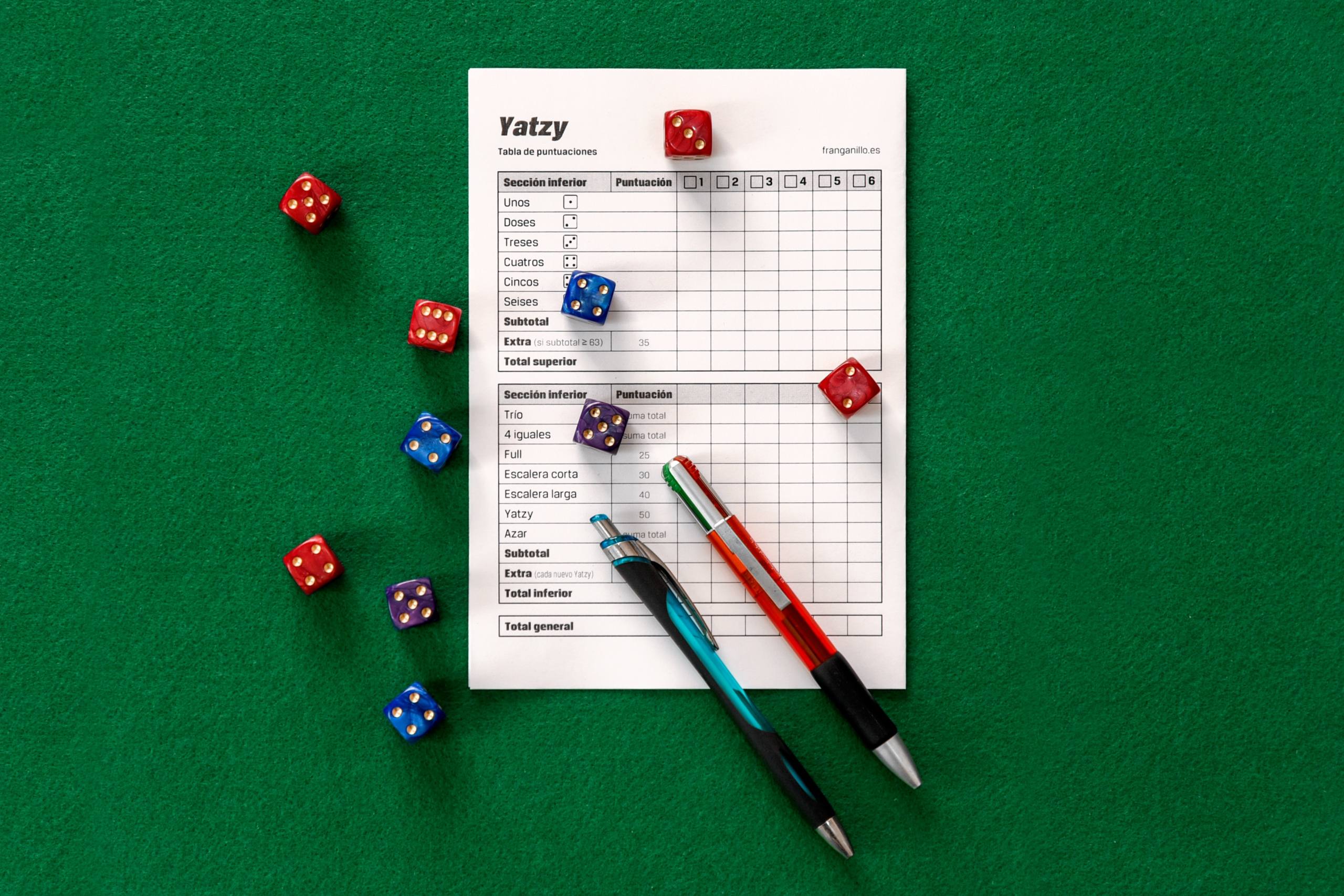Reading Time : 1 Mins
The Essential Software Product Testing Checklist
Testing is an essential solution to problems faced by software development companies. If there is no testing, you can safely assume that you will be getting an earful from your users as they will be the ones finding all the problems that your product has. That’s not only unfair to them, but it is also a poor business practice that will reflect badly on you.
The software testing process involves a lot of planning and preparation. This article is a small guide on the essential software product testing checklist that will help with your testing process.
#1 Requirements gathering process:
Before the QA process gets started, there should be an internal assessment and clear parameters about what elements can be automated and what should be done manually. Testers should be part of the initial meetings so that they are always in the know. During the requirements gathering phase, they should ask questions about the product and must end up having a 360-degree understanding of it.
#2 Test Readiness Review:
It is a usual activity that is performed by the QA team to ensure that they have everything in place to go to the testing phase. Let’s say that there are multiple cycles, the test readiness assessment will be done before each of these cycles.
Create a checklist of sorts where you outline each of the things that are necessary before testing starts. You can check the box when you confirm that the things are available.
Here are some of the items that can be added to the test readiness checklist:
- Has the test plan been created and reviewed?
- Have all the requirements been finalized and analyzed?
- Is there availability of test data?
- Have the test case preparations been done?
- Has sanity testing been done?
- Is the QA team aware of its roles and responsibilities?
- Does everyone know what the communication protocol is?
- Does the team have access to the version control tools, application, and test management?
- Are the reporting standards defined?
- Is the team aware of the deliverables from their side?
#3 Test case strategy:
The QA expert should provide a bunch of test cases and the priority level for each one of them. They will offer advice on how the tests will be prepared, the interface for the test, language for the test to be used, and test data for a maintainable and portable solution.
The QA expert must provide test cases that are simple and easily identifiable. It should be repeatable, properly prioritized, avoid duplication, have the end-user experience in mind, not disrupt the test environment, and provide clear outcomes.
The test cases that are under consideration should be as close to a real user’s experience as possible. These will be the ones that are executed first so that you can discover bugs during the testing process itself.
#4 Tools and Tech:
Your QA team will require different types of testing tools based on the technologies in the application as well as their complexity. Success in testing is determined by identifying the right tool.
From the plethora of tools that are available, you should pick the ones that offer the following:
- Compatible with all platforms
- High quality in the test reports that it generates
- Easy to maintain
- Should provide features that justify the costs
- Versatile
Here are some of the most popular testing tools.
BDD: Behavior-driven development is a testing practice that follows the idea of specification by example. It is an agile software development process that encourages collaboration among developers, quality assurance testers, etc. Explore more about BDD with Testcomplete here
Your QA expert would know which are the right tools so that the testing process is successful. There are open-source tools, paid tools, and custom tools. There are times when the testing environment and testing process have special characteristics which makes it impossible for readymade tools to make a difference. In cases like this, QA test experts should invest in developing their own custom tool.
When you are confused between various test management tools, here are a few parameters that you can use for comparison:
- Agile support: Your test management tool should support agile methodology. The tool should allow developers, testers, and the other stakeholders to work in tandem. It should support estimation, sprint backlog planning, preparation of velocity charts, scrum, kanban, etc.
- External integration: Executing test cases automatically makes the job of QA testers easy. Find out if the tool can manage test scripts well. It should be able to schedule and launch tests both locally and on the remote host.
- Mobile: Does the test management tool support mobile devices and support? Since applications these days have complex features like accelerometer, GPS, gesture, etc., it is imperative that the tool supports mobile devices.
- Support: Your test management tool should have features like phone and email support, live chat options, online guides, knowledge base, detailed information about the product, and so on. While you cannot expect all of these features to be available, find out if they have the ones that you prefer.
#5 Usability testing:
The objective of usability testing is to check how user-friendly the application is. In this, the application flow is tested to see if a new user can understand the application with ease. To put it in simple words, usability testing determines whether an application is usable, findable, accessible, useful, and desirable.
During usability testing, the following happens:
- It will identify if the participants are able to complete the specified tests successfully.
- The amount of time for each task to be completed is noted down
- You will be able to find out if participants who are satisfied are on your mobile app or on the web application.
- It will show you areas where an improvement will offer better user performance and satisfaction.
With usability testing, you can find design flaws that might have been easily overlooked. When you see how test users behave, you will have a deeper understanding of how your design or product works. Using these insights, you can make marked improvements to your product.
We’ve put together a 1-min video on ‘Essential software testing checklist’ presented by our QA Lead, Vijayalakshmi Venkatraman.
Give it a listening here!
Conclusion:
You need to monitor every step, right from the initial planning phase to its execution. To ensure this, your QA partner is going to be the right person as they understand each of the testing phases. Ensure that all your teams are aligned and ready to collaborate with each other so that troubleshooting is a breeze.
Zuci has the wherewithal and fire-power to blaze through the testing process with ease. We have our own protocol when it comes to product testing, and it has paid rich dividends for our clients. Let our QA experts guide you.
Looking to improve your software testing? Take a look at Zuci’s software testing services and see how you can leverage Zuci for your business needs.

An INFJ personality wielding brevity in speech and writing. Marketer @ Zucisystems.
Share This Blog, Choose Your Platform!
Related Posts




















